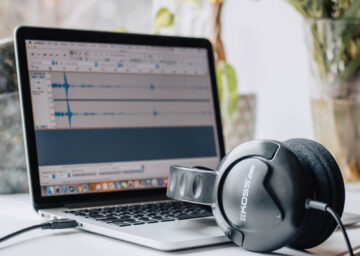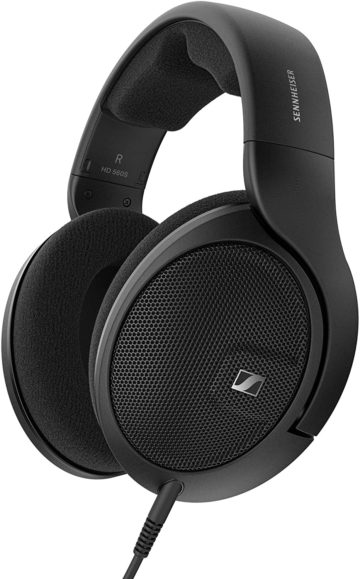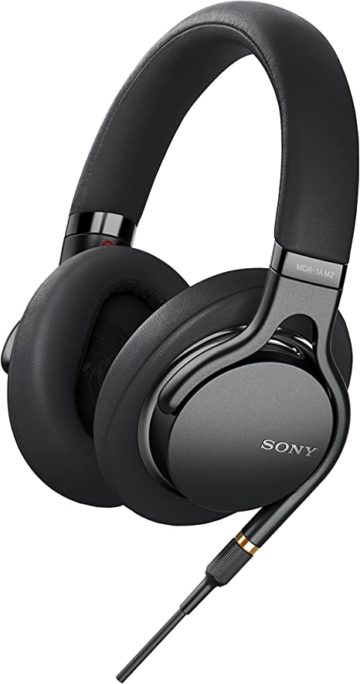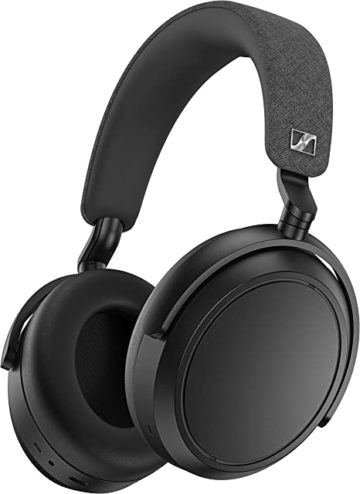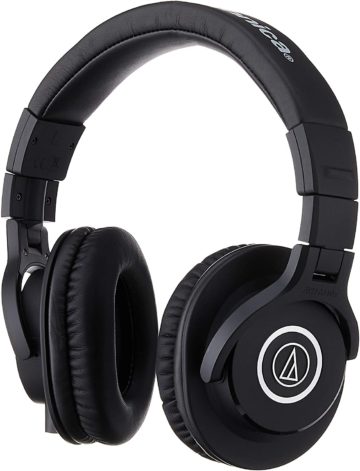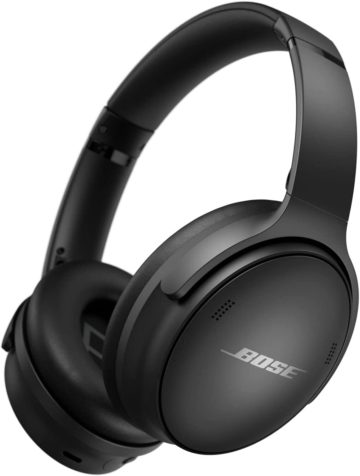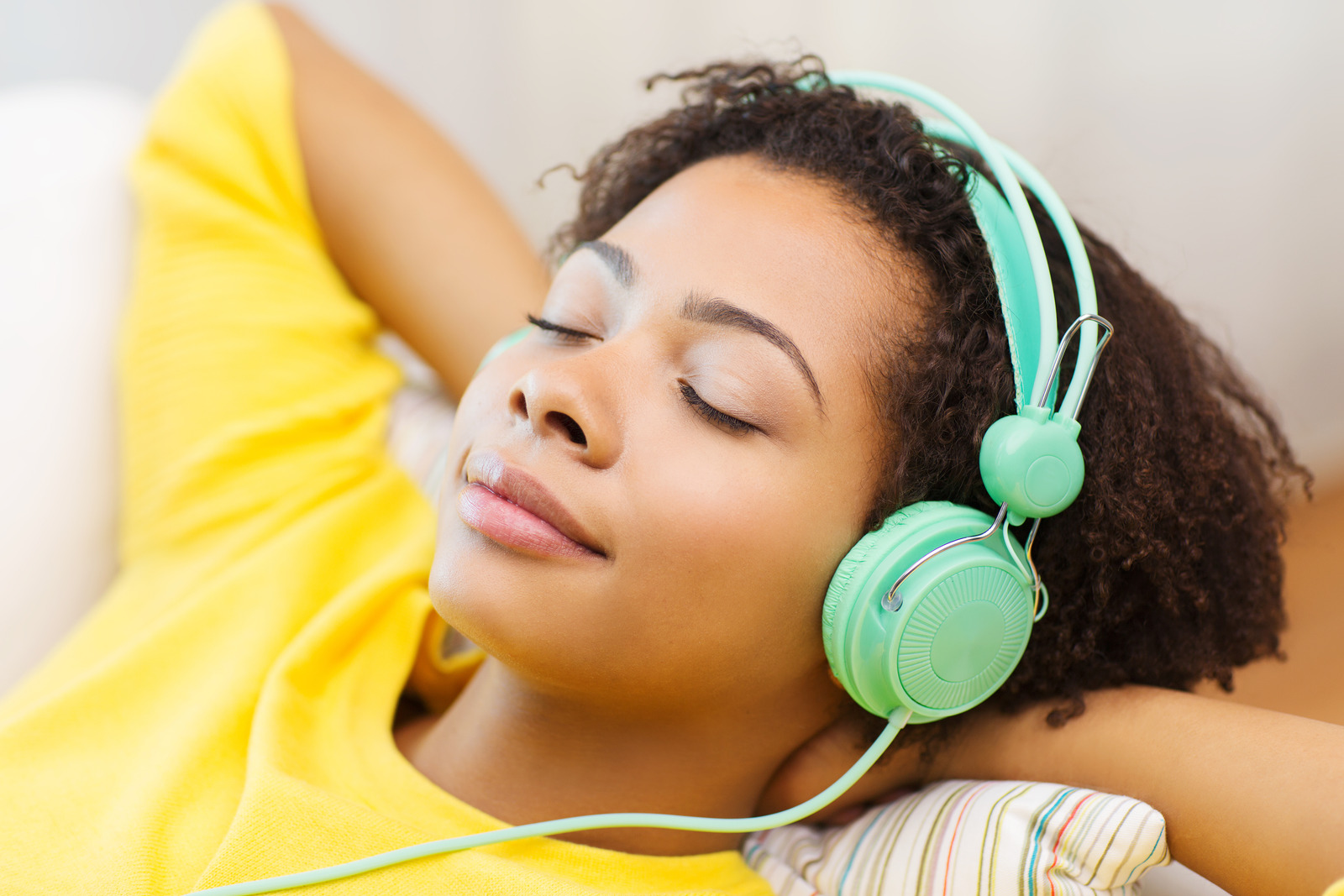Outstanding sound quality and reproduction at a great value, Sennheiser made these open-back headphones for a variety of listeners.
Best Electronic Drum Headphones
Unveiling the top electronic drum headphones - from budget finds to premium sound quality. Elevate your drumming experience now!
